Brooke de Rocquigny
Advisor: Shawn Bailey
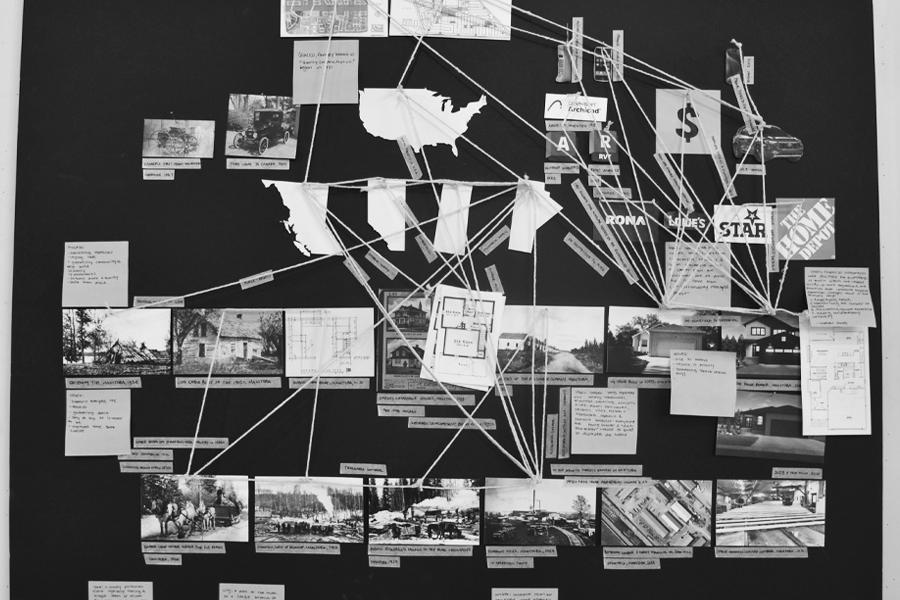
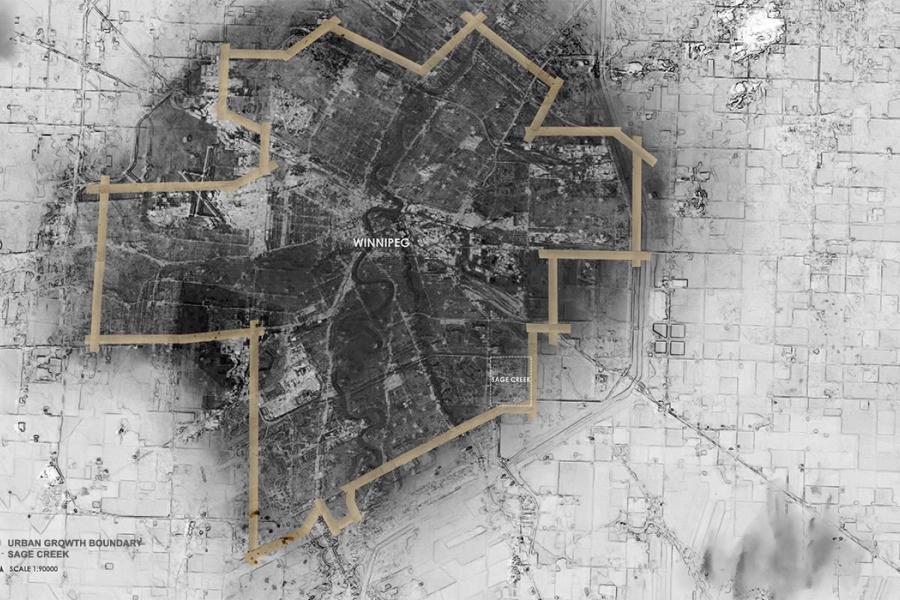
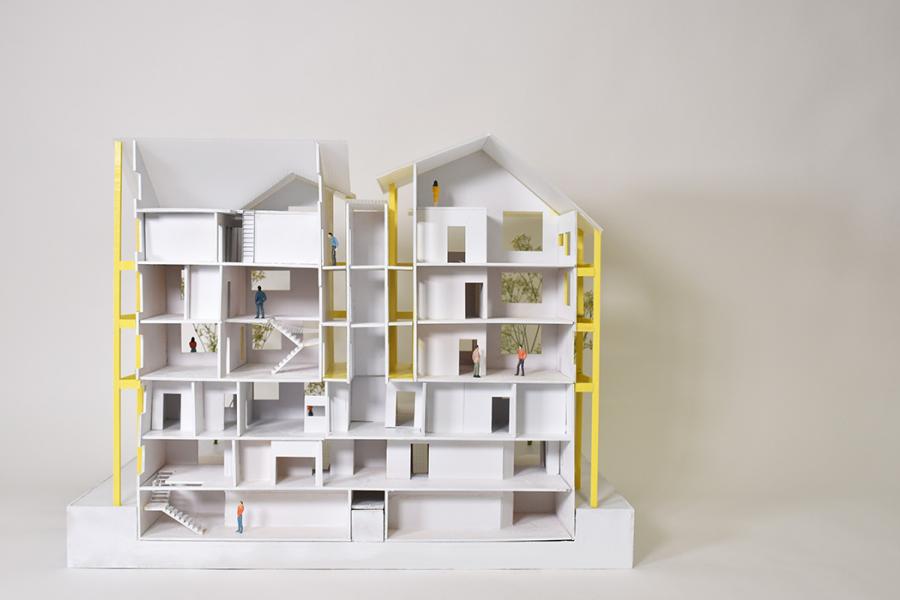
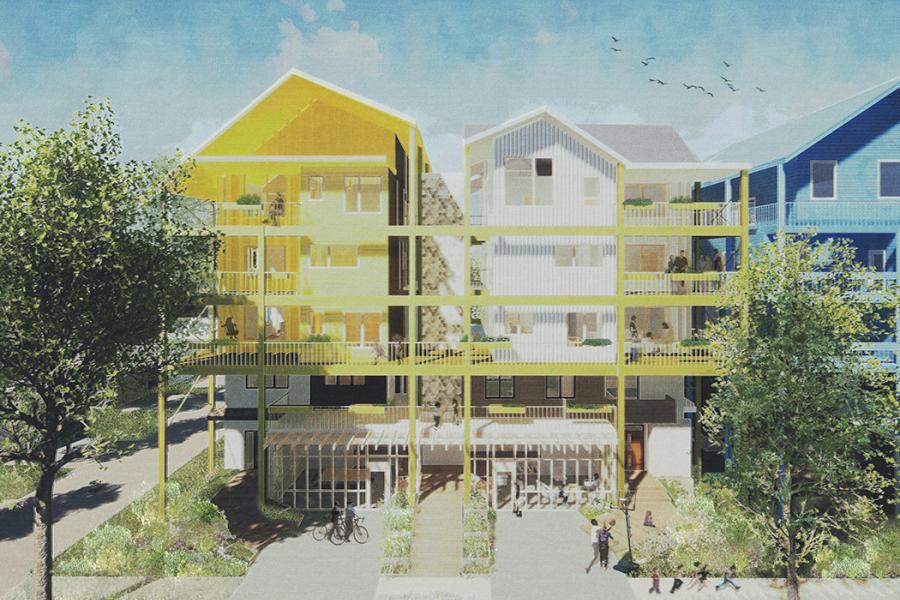
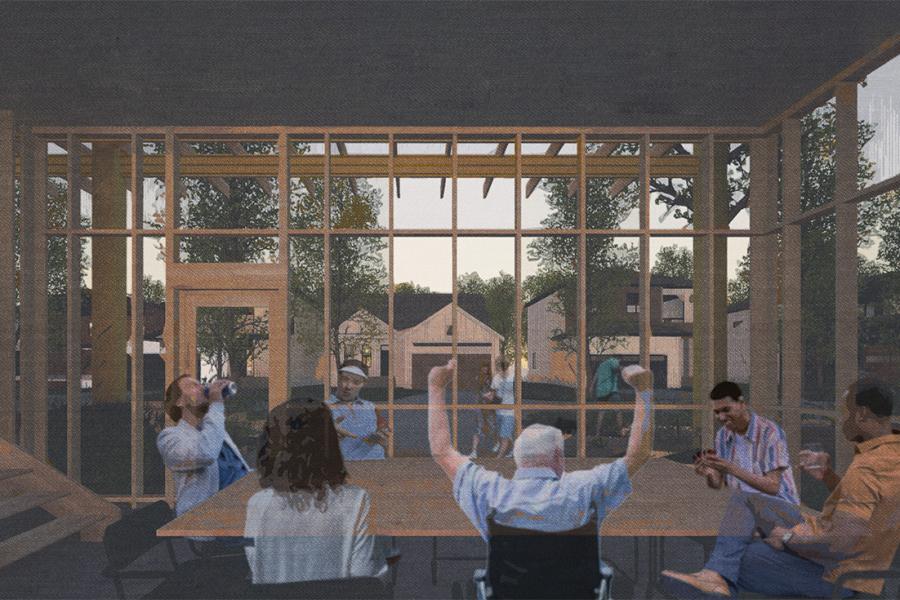
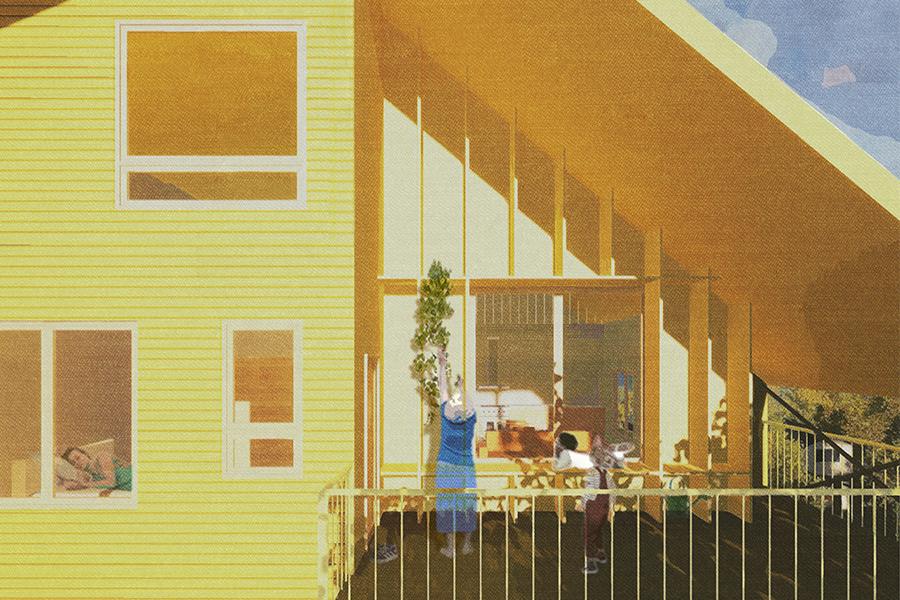
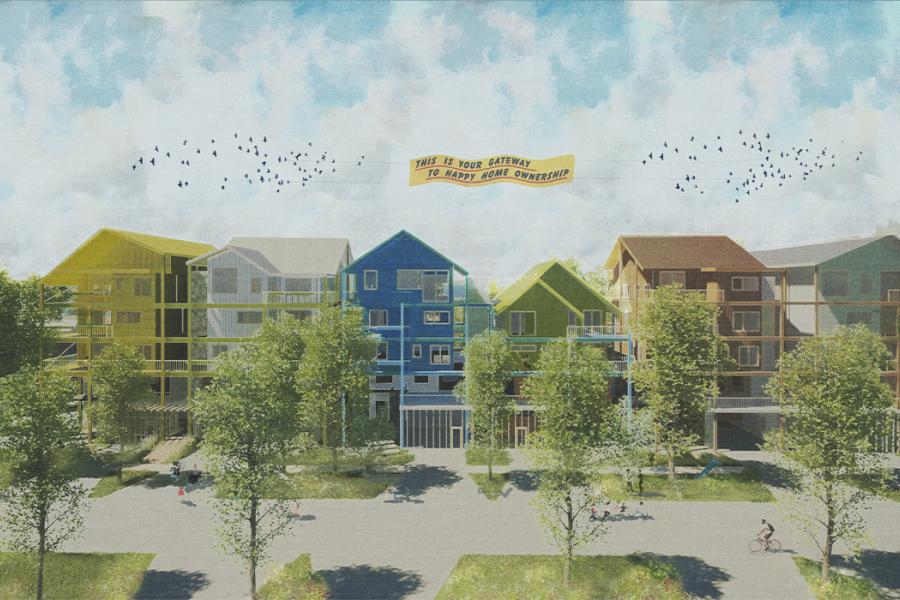
Harmonious Diversity: Disrupting Suburbia
Post-Second World War II led to Winnipeg suburbs as the population boom required a major upgrade in the city’s housing stock. Unfortunately, this caused a hollowing out of the inner city, leaving those who could not afford to live in the suburbs. Developers have long seen Suburban developments as a financial instrument, disconnecting inhabitants from reciprocal lived experiences. My research suggests that the commodification of architecture occurs at the earliest stages, such as when a tree is harvested and converted into lumber. This transformation emphasizes how the building industry reclaims and assigns economic worth to natural resources, creating a transactional relationship with nature. I have also found how the commodification of material parallels that of a home. The suburban housing market has long utilized aesthetic guidelines to create barriers to living in their development, idealizing the nuclear family and the suburb’s image.
This design thesis responds to developer-driven housing systems by disrupting the idyllic image of the suburb. This thesis takes place in the future, where Winnipeg places an urban growth boundary on the city and bans suburban development. The current population trends for Winnipeg reveal how a spike in population growth will require a significant upgrade in Winnipeg’s housing market. With nowhere else to build new housing due to the urban growth boundary, it will force further development of existing developments. With the first phase beginning with Sage Creek, the thesis proposes to build co-housing on top of existing homes to create a more inclusive community. Disrupting involves a paradigm shift from current housing systems, favouring ecology, systems-based, affordability and relational connections. Initially, this reflection positioned itself by examining the evolution from traditional Indigenous architectural practices to Eaton’s mail-order homes to contemporary suburban homes in Winnipeg. This evolution revealed the making of suburbia and the developer’s measures of control. To break the control of developers have over suburbia, the project explores methods of disrupting suburbia by drastically altering the structure of Sage Creek, freeing inhabitants’ daily lives from the manufactured landscapes of suburbia. Inspired by Gordon Matta-Clark’s concept of splitting, which “implies both a rupturing of the fabric of domestic space and a liberation of the individual from suburban isolation.” This thesis advocates for an inclusive version of suburbia with an architectural approach and understanding that celebrates diverse living styles while prioritizing getting to know your neighbour. This approach transcends designs primarily influenced by monetary gain and aesthetics and provides inhabitants authorship of how they want to live.
References
Matthew Soules, Icebergs, Zombies, and the Ultra Thin: Architecture and Capitalism in the Twenty-First Century (New York: Princeton Architectural Press, 2021), 173.
“Disrupt,” Oxford Languages, accessed November 22, 2023, https://www.google.com/search?q=disrupting+definition
“Gordon Matta-Clark,” Whitney Museum of American Art, accessed May 12, 2024, https://whitney.org/collection/works/12740#:~:text=This%20splitting%20implied%20both%20a,the%20individual%20from%20suburban%20isolation.
